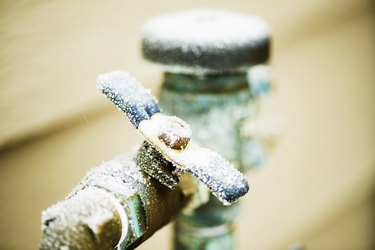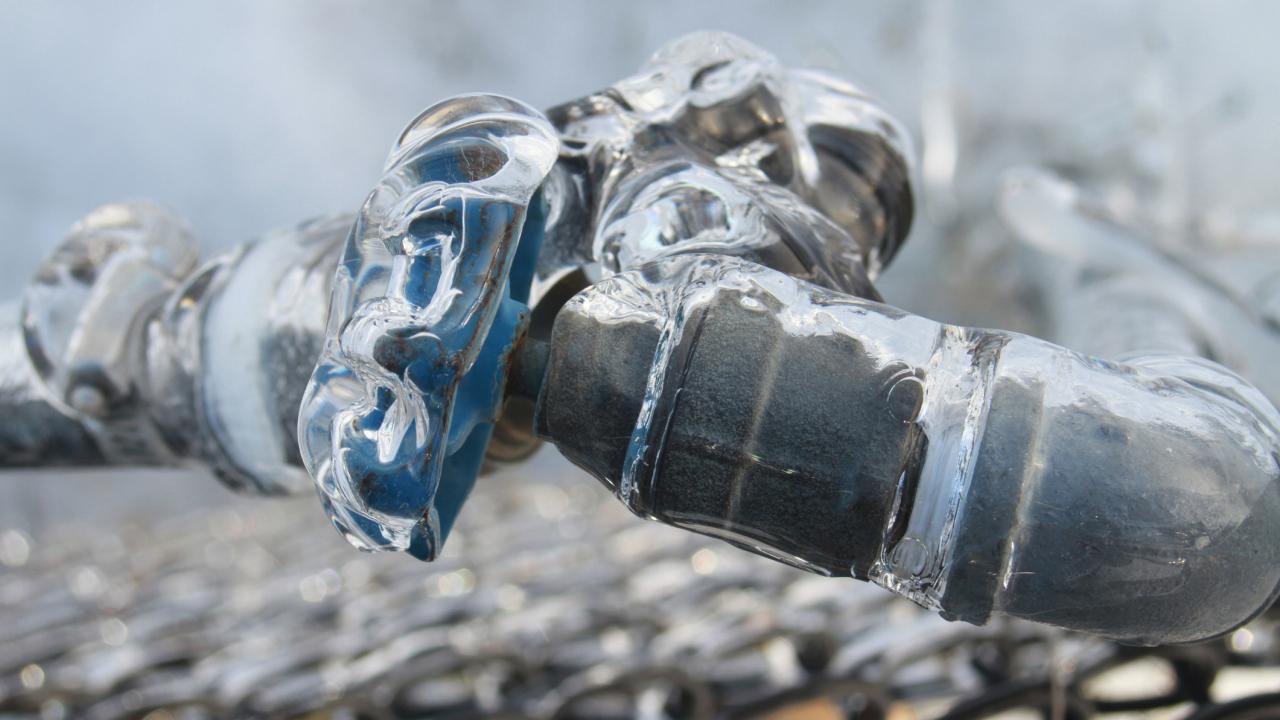Tips for Preventing Frozen Plumbing in Cold Weather: Professional Advice
Tips for Preventing Frozen Plumbing in Cold Weather: Professional Advice
Blog Article
Have you been searching for answers concerning Prevent Frozen Pipes ?

Winter can wreak havoc on your pipes, specifically by freezing pipes. Below's exactly how to prevent it from occurring and what to do if it does.
Intro
As temperatures drop, the threat of frozen pipes boosts, possibly leading to costly repair work and water damages. Understanding exactly how to avoid icy pipes is critical for property owners in cool climates.
Prevention Tips
Protecting at risk pipes
Wrap pipelines in insulation sleeves or use heat tape to shield them from freezing temperature levels. Focus on pipes in unheated or outside areas of the home.
Home heating methods
Keep indoor rooms adequately warmed, particularly areas with plumbing. Open closet doors to allow warm air to flow around pipelines under sinks.
How to determine icy pipelines
Look for reduced water circulation from taps, uncommon odors or noises from pipes, and visible frost on subjected pipelines.
Long-Term Solutions
Architectural modifications
Consider rerouting pipes away from outside walls or unheated locations. Add additional insulation to attic rooms, basements, and crawl spaces.
Updating insulation
Invest in premium insulation for pipelines, attics, and walls. Proper insulation aids preserve constant temperatures and reduces the threat of frozen pipelines.
Shielding Outside Plumbing
Yard hoses and exterior faucets
Separate and drain yard hose pipes prior to winter season. Mount frost-proof spigots or cover exterior faucets with protected caps.
Recognizing Frozen Pipelines
What creates pipes to freeze?
Pipelines ice up when exposed to temperatures listed below 32 ° F (0 ° C) for expanded durations. As water inside the pipes freezes, it increases, taxing the pipe walls and potentially triggering them to rupture.
Dangers and problems
Icy pipelines can bring about water supply disruptions, residential property damages, and pricey fixings. Ruptured pipelines can flood homes and cause extensive architectural damages.
Indications of Frozen Pipeline
Identifying icy pipes early can stop them from rupturing.
What to Do If Your Pipelines Freeze
Immediate activities to take
If you presume frozen pipelines, maintain faucets open to alleviate stress as the ice melts. Use a hairdryer or towels taken in hot water to thaw pipelines slowly.
Conclusion
Avoiding frozen pipes needs positive procedures and quick reactions. By comprehending the reasons, signs, and preventive measures, property owners can protect their pipes throughout cold weather.
5 Ways to Prevent Frozen Pipes
Drain Outdoor Faucets and Disconnect Hoses
First, close the shut-off valve that controls the flow of water in the pipe to your outdoor faucet. Then, head outside to disconnect and drain your hose and open the outdoor faucet to allow the water to completely drain out of the line. Turn off the faucet when done. Finally, head back to the shut-off valve and drain the remaining water inside the pipe into a bucket or container. Additionally, if you have a home irrigation system, you should consider hiring an expert to clear the system of water each year.
Insulate Pipes
One of the best and most cost-effective methods for preventing frozen water pipes is to wrap your pipes with insulation. This is especially important for areas in your home that aren’t exposed to heat, such as an attic. We suggest using foam sleeves, which can typically be found at your local hardware store.
Keep Heat Running at 65
Your pipes are located inside your walls, and the temperature there is much colder than the rest of the house. To prevent your pipes from freezing, The Insurance Information Institute suggests that you keep your home heated to at least 65 degrees, even when traveling. You may want to invest in smart devices that can keep an eye on the temperature in your home while you’re away.
Leave Water Dripping
Moving water — even a small trickle — can prevent ice from forming inside your pipes. When freezing temps are imminent, start a drip of water from all faucets that serve exposed pipes. Leaving a few faucets running will also help relieve pressure inside the pipes and help prevent a rupture if the water inside freezes.
Open Cupboard Doors
Warm your kitchen and bathroom pipes by opening cupboards and vanities. You should also leave your interior doors ajar to help warm air circulate evenly throughout your home.

Do you appreciate reading about Helpful Tips to Prevent Frozen Pipes this Winter? Try leaving feedback down the page. We would be happy to listen to your thinking about this review. We are looking forward that you come back again later on. Liked our review? Please share it. Help somebody else discover it. Thank you for going through it.
Click Here Report this page